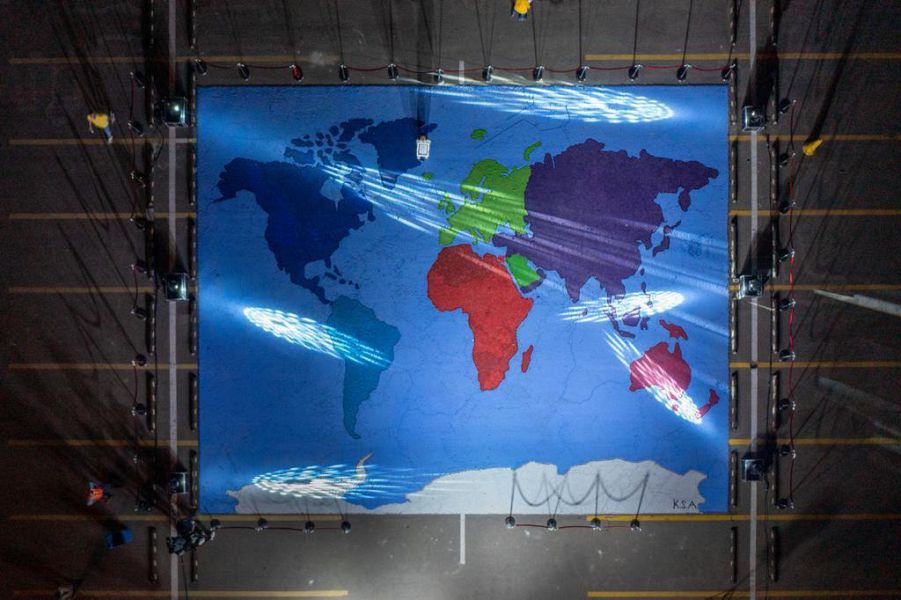
Beetle larvae that can shred and eat polystyrene may provide alternative methods of breaking down and upcycling plastic waste, new research suggests.
The larvae of Zophobas morio, a species of beetle, are commonly known as superworms and contain several gut enzymes that are capable of digesting polystyrene, Australian scientists have found.
Polystyrene is a widely used plastic, found in its solid form in everyday items such as containers, lids and disposable cutlery. Polystyrene foam, which is lightweight and consists largely of air, is used in packaging and as an insulation material.
For three weeks, researchers at the University of Queensland fed superworms a polystyrene foam commonly used in building insulation.
Sign up to receive an email with the top stories from Guardian Australia every morning
The larvae that snacked on plastic were able to complete their life cycle, becoming pupae and then adult beetles. However, they gained less weight than superworms that were fed a bran diet, and had less healthy gut microbiomes.
Dr Chris Rinke of the University of Queensland, a co-author of the study, said within 24 hours, the superworms started “attacking the polystyrene and eating their way into it”.
“Within 48 hours … the faeces they produce turn from their usual brown – when they eat bran – to white.”
Rinke said the superworms first mechanically shredded the polystyrene foam, and microbes in their gut contained enzymes capable of breaking down polystyrene chains into styrene molecules.
The researchers identified groups of bacteria – including strains of Pseudomonas, Rhodococcus and Corynebacterium – that contain enzymes linked to polystyrene degradation. They still need to determine which of these enzymes are most efficient and could be produced at scale.
Across the world, microbes are evolving the ability to break down plastic. The first bacteria with the ability were discovered in 2016 in a Japanese dump.
Microbes found in other insect larvae such as waxworms and mealworms – which are smaller than the superworm – are also known to be able to eat some plastics, Rinke said.
A challenge for recycling polystyrene foam is that its low density and bulkiness make collection impractical.
“Mechanical recycling is not very efficient,” Rinke said. The end products of the process include objects such as plastic benches and frames.
He suggested that superworm microbes could form the basis of a plastic upcycling process, whereby the polystyrene breakdown products are then used by other microbes to create bioplastics or other chemical compounds.
In Australia, polystyrene foam is due to be phased out next month as part of the National Plastics Plan, and polystyrene will no longer be acceptable in food and beverage containers by December.
The research was published in the journal Microbial Genomics.












